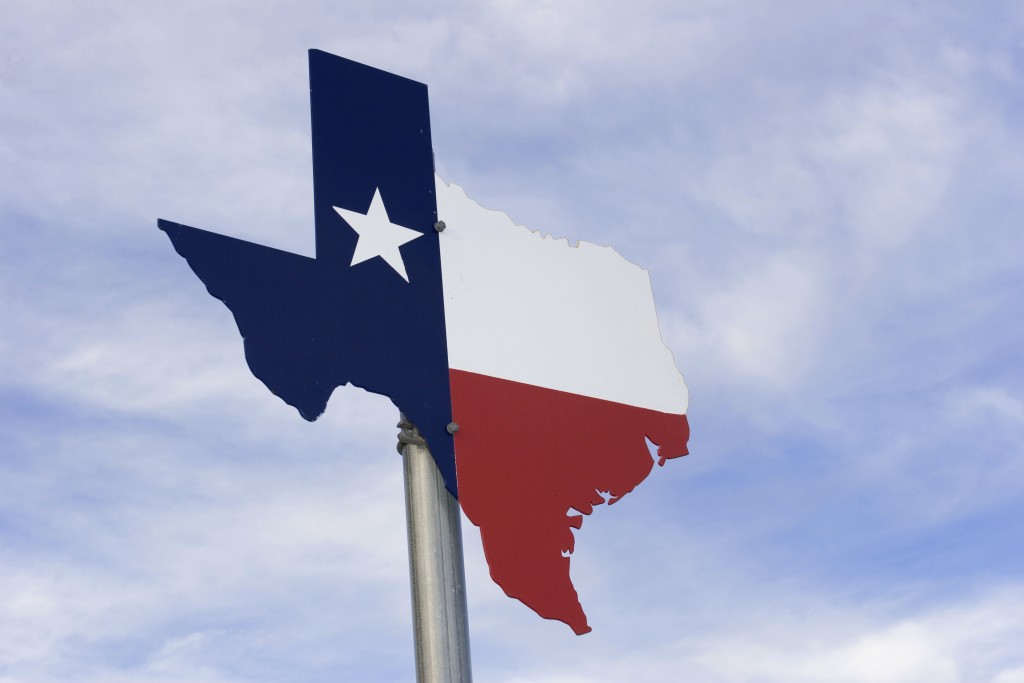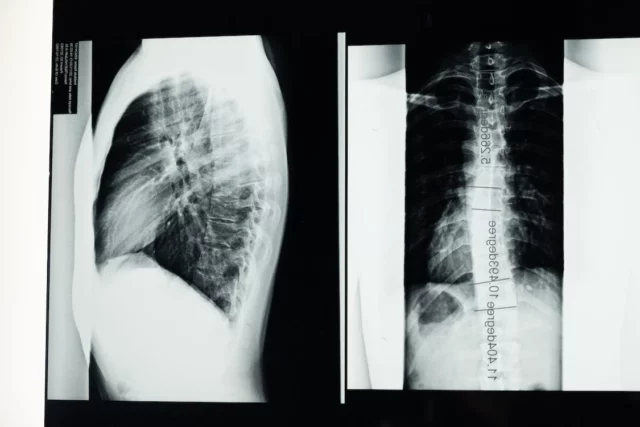 It’s a beautiful, if a little breezy, Saturday afternoon and you are out with the family at the outlet mall picking up some new threads, maybe stopping at the juice stand for a smoothie. Everything is going well. The kids are behaving, the spouse is restraining the urge to splurge on a new 4K television and BAM. You fall to the ground, lights out. When you awaken, your concerned family members are huddled overhead and you are surrounded by what looks like what used to be the storefront.
It’s a beautiful, if a little breezy, Saturday afternoon and you are out with the family at the outlet mall picking up some new threads, maybe stopping at the juice stand for a smoothie. Everything is going well. The kids are behaving, the spouse is restraining the urge to splurge on a new 4K television and BAM. You fall to the ground, lights out. When you awaken, your concerned family members are huddled overhead and you are surrounded by what looks like what used to be the storefront.
Something like this happened recently in Austin. A woman in her 20s was walking out in front of an Office Depot store around 3 p.m. when a 12 foot by 20-foot piece of ceiling dropped off the store entrance and fell on her. She sustained serious, though not life-threatening, injuries.
Act of God? Or negligence? Who has to pay the medical bills when a piece of a store’s ceiling falls on a person?
Premises Liability Law
Under the doctrine of premises liability, property owners can be held legally responsible for injuries sustained on their property. For a property owner to be liable, we must be able to prove that the property owner was negligent. There are four components of negligence:
- Duty of care. This means that a property owner has a duty to ensure the safety of visitors.
- Breach. The property owner fails in their duty to protect visitors.
- Cause. The property owner’s breach of duty was the proximate cause of an injury.
- Damages. The victim is entitled to financial compensation for the injury.
Property owners have a duty of care to ensure the safety of visitors to that property. If the property owner breaches that duty of care, and that breach is the main cause of a person’s injuries, that person is entitled to damages for his or her injuries.





